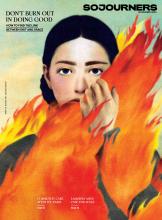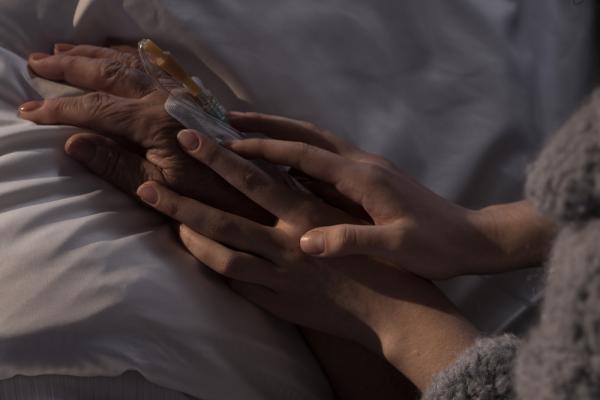Jun 23, 2017
This summer, I opened the pages of Nina Riggs’ memoir on living and dying, The Bright Hour, the same day that I walked into a cancer treatment center for the first time in my life. I’d waited for the publication of this book after reading about her embrace of daily life in Greensboro, N.C., as she faced a terminal diagnosis of metastatic breast cancer. During the short period chronicled in the book, the author watches her mother and her best friend Ginny die of cancer: To say that Riggs — and here I just have to call her Nina — has a familiarity with grief is a bit of an understatement.
Read the Full Article

Already a subscriber? Login
